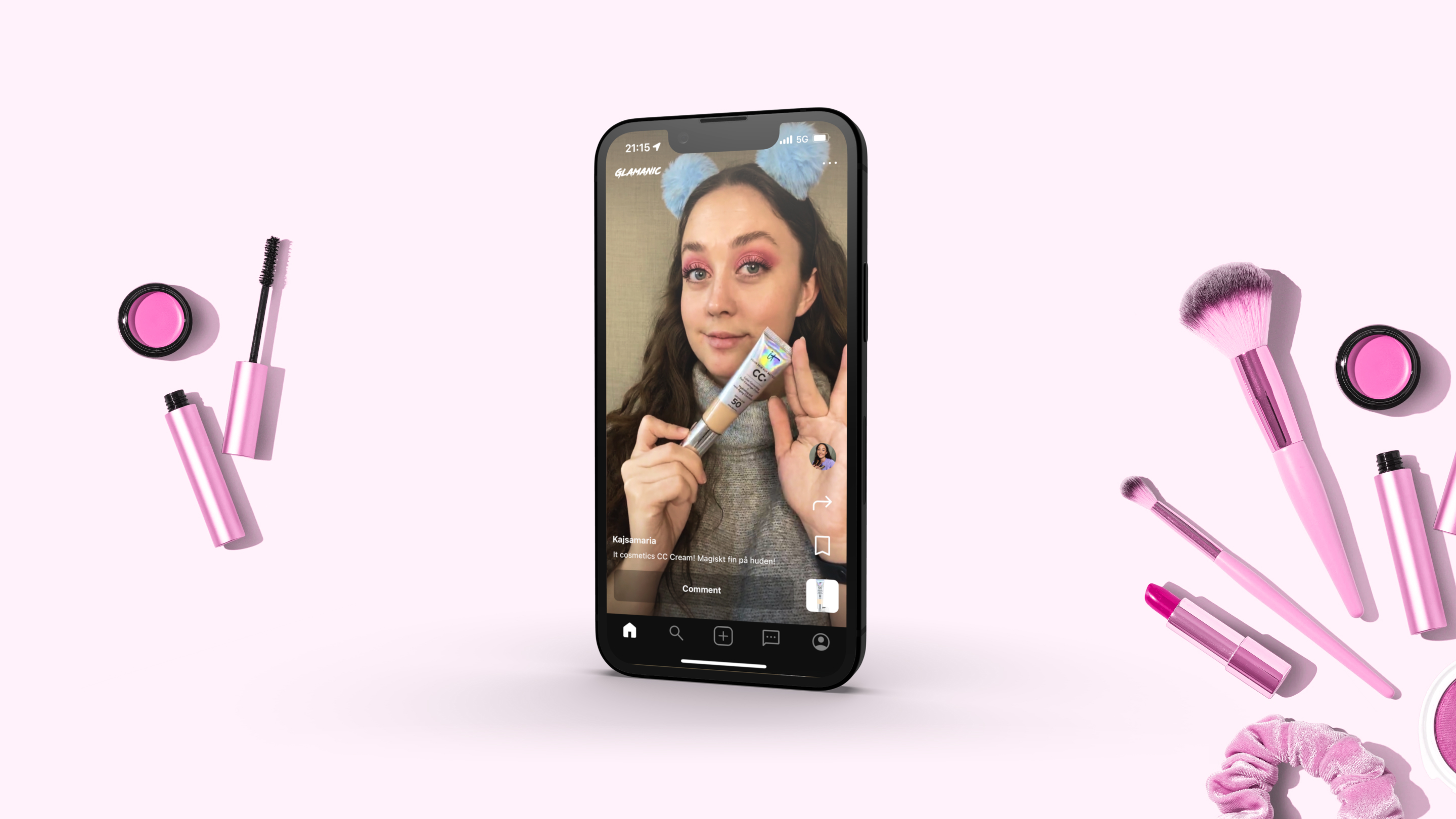
How to create a winning product strategy
When it comes to product development and innovation, a guiding star often cited by enthusiasts and experts alike is the book Playing to Win by A.G. Lafley and Roger L. Martin (Buy it on Amazon).
This book not only demystifies the concept of strategy but also hands us the toolkit to craft a winning product strategy.
“Strategy is choice. A strategy that doesn’t make choices is not a strategy.”
A.G. Lafley and Roger L. Martin, Playing to Win
Drawing insights from their work, let’s explore how the principles laid out can be the cornerstone of successful product development.
The framework
At the heart of Playing to Win is a simple yet profound framework consisting of five critical questions that every innovator, designer, and company should perpetually ask themselves:
- What is our winning aspiration?
- Where will we play?
- How will we win?
- What capabilities must we have?
- What management systems are required?
These questions aren’t just a checklist; they are a mindset, a strategic lens through which every decision should be viewed and made.
Winning aspiration
Understanding your true purpose, beyond just making profits, is crucial.
It’s about envisioning what success looks like for your product or service.
A winning aspiration is broader and more meaningful, like revolutionizing how people interact with technology or making sustainable living accessible to everyone.
Where will we play?
This is about choosing your market segments, geographies, and where you’ll focus your efforts.
The trick is not just to identify where you can compete but where you can win. It’s not just about being present; it’s about being prominent.
How will we win?
Here, strategy becomes an art. Deciding how you’ll win involves understanding your unique value proposition and how it will be more appealing than your competitors.
It could be through innovation, customer experience, cost leadership, or any other edge that makes you stand out.
Capabilities and systems
Knowing what capabilities you need to develop and what management systems to put in place is like assembling your army.
This could range from developing cutting-edge technology to creating a culture of innovation.
Your capabilities and systems ensure that your strategy isn’t just a plan but a reality.
The power of simplicity
One of the greatest takeaways from Playing to Win is the power of simplicity in strategy.
It’s not about complex plans that no one understands but about clear, actionable paths that everyone can rally behind.
The beauty of this framework lies in its adaptability, whether you’re a startup or a global conglomerate.
Applying the framework: An example
Imagine you’re developing a new app that aims to simplify personal finance for millennials.
Your winning aspiration might be to become the go-to financial advisor for millennials worldwide.
You decide to play in the mobile app space, focusing on user-friendly design and personalized advice.
Winning could mean leveraging AI to offer tailored financial recommendations.
The capabilities you’ll need might include advanced AI technology and a deep understanding of millennial financial behavior.
Finally, your management systems should support rapid iteration and user feedback incorporation.
Your map to winning
Playing to Win is more than just a book; it’s a mindset shift.
It teaches us that strategy is not static but a dynamic, continuous process of asking the right questions and making informed decisions.
It’s a reminder that the goal is not just to play but to win.
Whether you’re at the helm of a startup or nurturing a new product idea, applying this framework can be your compass in the complex journey of product strategy, steering you towards success in the ever-evolving marketplace.
Remember, the essence of strategy is choosing what not to do.
By focusing on your path to victory, you not only simplify the journey but also amplify your chances of success.
So, play to win, and let the game begin.
Also read 10 strategies guaranteed to help you win


